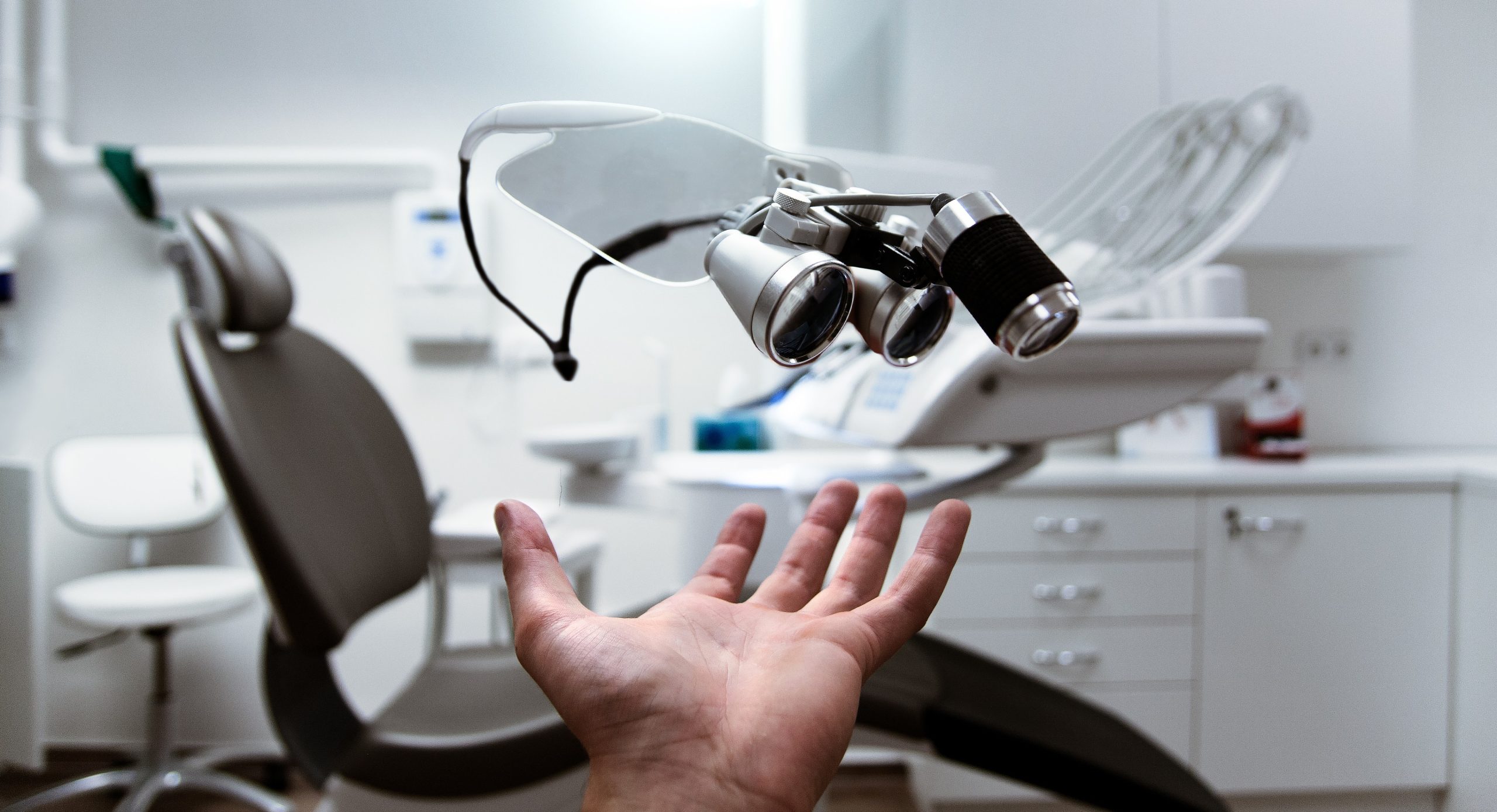 I have had poor vision for as long as I can remember. I have worn glasses since I was eight-years-old and contacts since I was thirteen, so little irritations and infections were not unheard of for me as a contact lens wearer.
I have had poor vision for as long as I can remember. I have worn glasses since I was eight-years-old and contacts since I was thirteen, so little irritations and infections were not unheard of for me as a contact lens wearer.
So, when last October I started to feel some irritation in my right eye, I thought nothing of it. I kept my contacts out for a few days, put a fresh pair in and went about my life. About a month later, my eye was still bothering me. It felt like something was in my eye, even though I tried many things to help it feel better, so I made an appointment with my eye doctor. He prescribed some steroid eye drops and said to not wear my contacts over the weekend, and he had me come back the following week. I figured I was safe to put in my contacts after leaving them out for the prescribed amount of time, so when I went back for my follow-up and my eye still was not 100%, my eye doctor said he was at a loss and would refer me to a specialist. I won’t go on and on with the events that led up to my actual diagnosis, other than to share that I went through two more rounds of different eye drops and misdiagnosed conditions until the beginning of December.
One Saturday, shortly before my diagnosis, I woke up and knew something was very, very wrong.
For lack of a better description, it felt like my eyeball was separating from my retina and was about to fall onto the floor. I know that is a gory description, but that is what it was like. I felt an immense amount of pressure and I could not see out of that eye. The specialist I had seen the previous day told me if I had any complications over the weekend, I should call the on-call service so that I could be seen, and that is what I did.
That day, I saw another doctor who said that the corneal ulcer I had been diagnosed with the day before, was not the problem I was facing. This specialist told me he had a feeling he knew what was going on with my eye, but that he wanted me to see a cornea specialist to confirm. This doctor also told me about acanthamoeba keratitis, a very rare eye infection caused by a tiny ameba that infects the cornea.
That’s right: a single-celled living organism was possibly hanging out on my cornea.
I had no clue that acanthamoeba keratitis existed, and was blown away to learn I was infected with it. I remember almost passing out and then calling my husband to ask him to meet me at the office. When my husband arrived, the doctor explained yet again what he suspected. As I waited for the referral to yet another specialist, the doctor prescribed drops and an ointment. I spent the rest of that day in disbelief.
The following Monday, I was seen by the specialist who confirmed what I had been told over the weekend: I had acanthamoeba keratitis in my eye.
Surprisingly, I remained calm throughout this ordeal. I asked logical questions — Will I lose my vision? How long before my condition improves? Will I be able to wear contacts again? Is it contagious? — but when my husband and I walked to the car, we both broke down. The doctor told us that 1 to 2 contact lens wearers per million develop acanthamoeba keratitis. We were devastated this had happened to me
To say that the next few months were difficult, is an understatement.
I continued to see my new eye doctor weekly, I started a regimen of compounded eye drops and also eye drops that burned every time I had to put them in my eye, and could not wear my contacts at all. I was also extremely sensitive to light, had blurry vision, still had a sensation that there was a foreign object in my eye, could not open my eye for at least a month, and was in a lot of pain. I ended up taking a medical leave of absence from work for a month, as I could not drive and could not function on a daily basis, let alone teach. Additionally, my infection got worse before it got the slightest bit better. Just when I’d have a good day, I would take two or three steps backwards in the healing process and feel discouraged. I had some very dark days — both emotionally and literally — as there were times in which the only thing I could do was sit in a dark room.
At my most recent checkup — eight months after my official diagnosis — I was told that my eye is improving, and that when I see my doctor in three months, I’ll be able to stop taking my eye drops so long as I stay in the clear — this will be a victory! And, I am now wearing contacts again! Long-term, I am left with a scar; it will be up to me if I can live with it or if I want to explore surgical procedures such as a corneal transplant. The vision in my right eye is definitely more impaired than it was before acanthamoeba keratitis, but with either contacts or my glasses, I am, for the most part, able to live the way I did before!
Because of this ordeal, I am well versed in the causes and symptoms of acanthamoeba keratitis. Acanthamoeba keratitis can look like a lot of different things, which means it’s usually misdiagnosed. The steroids that are typically prescribed for acanthamoeba keratitis can actually make it worse.
I’m sharing my story to make other contact wearers aware of acanthamoeba keratitis. To that end, here are ways to avoid acanthamoeba keratitis:
- If you wear contacts, ask about switching to dailies.
- Never sleep in your contacts.
- Never shower in your contacts (I had no idea about this one and did it all the time!).
- Don’t let tap water anywhere near your contacts as these amoebas live in water sources (there is a higher risk with well water).
- Never swim with your contacts; this includes pools, lakes, and the ocean.
- Don’t over-wear your contacts; don’t try to make them last longer as I so often did.
- Throw away your contact case every time you dispose of your contacts and don’t ever clean the case with tap water.
- Don’t purchase your contacts from an online source; instead, purchase them from your eye doctor.
I wish I had known these tips before experiencing such harrowing, debilitating, and painful months.




















